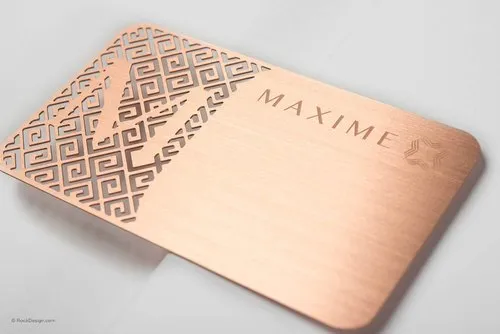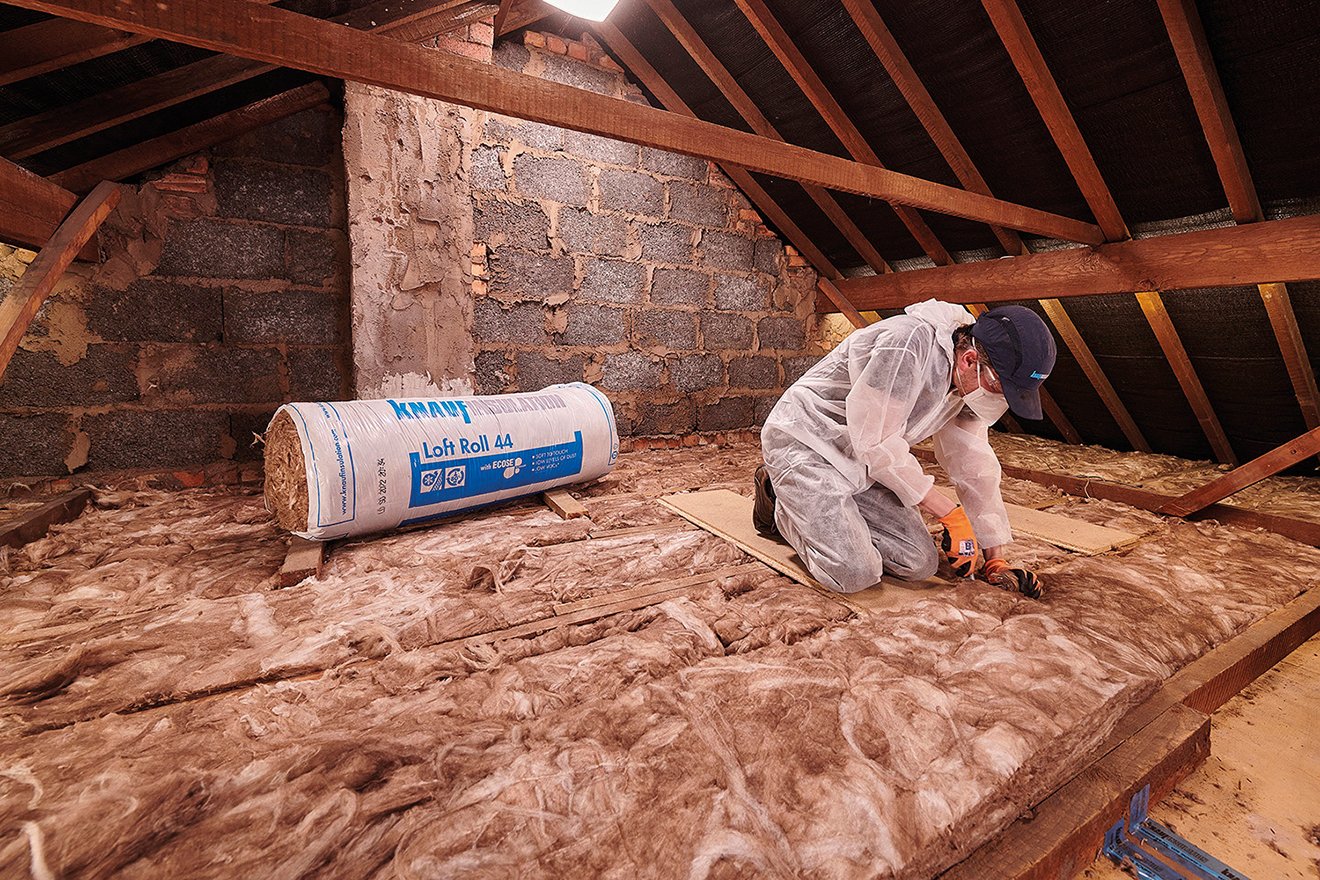When it comes to business cards, you want to make a lasting impression, but you also need durability. So, what thickness of metal is best? Is it the thin and sleek option that exudes a sense of sophistication? Or perhaps the medium thickness that strikes a balance between elegance and sturdiness? Or maybe it’s the thick and robust metal that ensures your card withstands the test of time. In this discussion, we will explore the pros and cons of each thickness, ultimately guiding you towards the best choice for your business card.
Factors to Consider
When considering the metal thickness for business cards, there are several factors you should take into account. The first factor is the material composition. Different metals have varying strengths and durability, so it is important to choose a metal that can withstand regular use and handling. Stainless steel, for example, is known for its strength and resistance to corrosion, making it an excellent choice for business cards. On the other hand, aluminum may be more lightweight but may not be as durable as stainless steel.
The second factor to consider is the manufacturing process. The thickness of the metal can vary depending on how it is manufactured. Metal can be rolled or stamped to achieve the desired thickness. Rolled metal tends to be thinner and more flexible, while stamped metal can be thicker and sturdier. Both methods have their advantages and disadvantages, so it is important to understand the manufacturing process to make an informed decision.
 In addition to material composition and manufacturing process, it is also crucial to consider the design and purpose of the business card. If you plan on incorporating intricate designs or sharp edges, a thicker metal may be necessary to maintain the integrity of the card. However, if you prefer a sleek and minimalist design, a thinner metal may be more suitable.
In addition to material composition and manufacturing process, it is also crucial to consider the design and purpose of the business card. If you plan on incorporating intricate designs or sharp edges, a thicker metal may be necessary to maintain the integrity of the card. However, if you prefer a sleek and minimalist design, a thinner metal may be more suitable.
Different Thickness Options
To explore the different options for metal thickness in business cards, let’s delve into the range of choices available. When it comes to choosing the right thickness for your business cards, cost comparison and customization options are two important factors to consider.
One of the key factors that influence the selection of metal thickness is cost. Thicker Metal Kards are generally more expensive than their thinner counterparts. Thicker cards require more material and often involve additional manufacturing processes, which can drive up the overall cost. However, if you have a larger budget and want to create a premium and luxurious impression, thicker cards may be worth the investment.
Another important consideration is customization options. Thicker metal cards offer greater flexibility when it comes to customization. With more material to work with, you can incorporate intricate designs, embossed textures, and even cutouts, giving your business cards a unique and eye-catching look. Thinner cards, on the other hand, may have limitations when it comes to customization options.
It’s important to strike a balance between durability, cost, and customization. Thicker metal cards provide superior durability, ensuring that your business cards can withstand everyday wear and tear. However, they may not be suitable for everyone due to their higher cost. Thinner cards, while more affordable, may not offer the same level of durability.
Pros and Cons of Thin Metal Cards
Thin metal cards have their own set of advantages and disadvantages that you should consider before making a decision. While they may have a sleek and modern look, they may not be the best option for everyone. Here are some pros and cons of thin metal cards:
Advantages:
- Lightweight: Thin metal cards are lighter than their thicker counterparts, making them easier to carry around in your wallet or pocket.
- Unique and stylish: The thinness of these cards gives them a sleek and modern appearance, making them stand out from traditional paper or plastic cards.
- Durability: Despite their thinness, metal cards are generally more durable and long-lasting than paper or plastic cards. They can withstand wear and tear, including being bent or scratched, without losing their shape or quality.
- Professional image: Metal cards can give off an air of professionalism and sophistication, making a strong impression on potential clients or business partners.
Disadvantages:
- Cost: Thin metal cards can be more expensive to produce compared to paper or plastic cards. This may not be a concern for larger businesses, but it can be a significant investment for smaller companies or individuals.
- Limited design options: The thinness of the metal may limit the design options available for your card. Intricate or detailed designs may not be possible, and the color choices may be more limited compared to other materials.
- Potential for damage: While metal cards are generally more durable, they are not indestructible. They can still get dented or bent if not handled with care, and they may not be suitable for industries or professions that involve rough handling or frequent use of card readers.
- Difficulty in customization: Unlike paper or plastic cards, it can be challenging to make changes or updates to the information on metal cards. Once the card is made, it may be difficult or costly to modify or replace.
When considering thin metal cards, weigh these advantages and disadvantages to determine if they are the right choice for your business or personal needs.
Pros and Cons of Medium Metal Cards
Considering the advantages and disadvantages of thin metal cards, let’s now explore the pros and cons of medium metal cards. When it comes to design customization options, medium metal cards offer a wider range of possibilities compared to thin metal cards. With a slightly thicker metal, it becomes easier to incorporate intricate details, textures, and even embossing. This allows for more creativity and personalization, making your business card stand out from the rest.
However, it is important to consider the environmental impact assessment of medium metal cards. The thicker the metal, the more resources are required for production. This means a higher carbon footprint and potential harm to the environment. As a responsible business owner, it is crucial to weigh the benefits of design customization against the environmental consequences.
Medium metal cards also tend to be more durable than their thin counterparts. The additional thickness provides extra strength and resistance to bending or warping. This means your business cards will remain intact for a longer period, ensuring a lasting impression on potential clients or contacts. However, it is worth noting that the durability of medium metal cards may not match that of thicker options.
In terms of cost, medium metal cards generally fall in between thin and thick metal cards. They offer a balance between affordability and durability, making them a popular choice for many businesses. Ultimately, the decision to opt for medium metal cards depends on your specific needs, budget, and environmental concerns.
Pros and Cons of Thick Metal Cards
Thick metal cards offer unmatched durability and a premium feel, making them a top choice for businesses seeking a long-lasting and impressive business card option. However, like any other material, thick metal cards have their own set of advantages and disadvantages. Here are a few things to consider when deciding whether thick metal cards are right for your business:
Advantages:
- Durability: Thick metal cards are incredibly sturdy and resistant to wear and tear. They can withstand bending, scratching, and other forms of damage, ensuring that your business card remains in pristine condition for a long time.
- Prestige: The thickness of metal cards adds a sense of luxury and exclusivity. The weight and quality of these cards give off an impression of professionalism and importance, leaving a lasting impression on recipients.
- Unique Design Possibilities: The thickness of metal cards allows for intricate and detailed designs. You can incorporate embossing, engraving, and other decorative elements to create a visually stunning and memorable card.
Disadvantages:
- Cost: Thick metal cards tend to be more expensive than other materials. The manufacturing process and the premium materials used contribute to the higher price tag. This can be a drawback for businesses on a tight budget.
- Weight: The thickness of metal cards also means that they are heavier compared to other card options. While this may not be a problem for some, it can be inconvenient for recipients who have to carry multiple cards in their wallet or cardholder.
When considering thick metal cards for your business, weigh the advantages and disadvantages carefully to determine if they align with your brand image, budget, and target audience.
